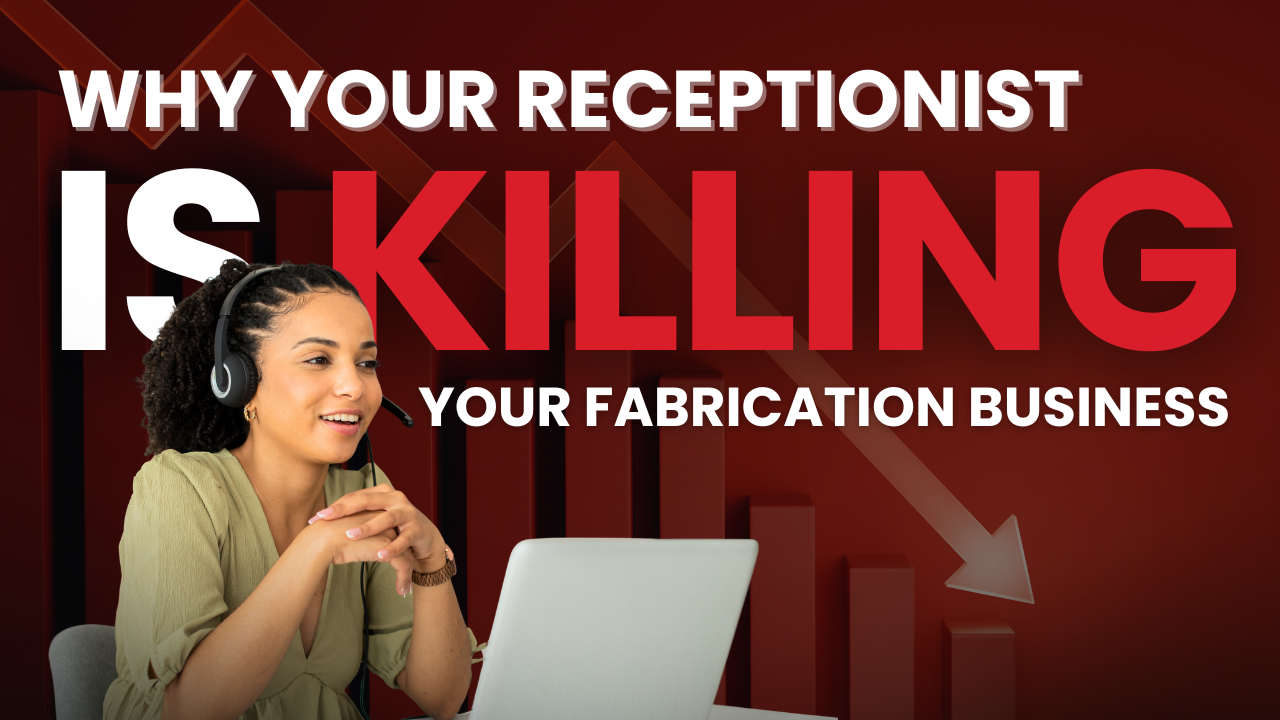It’s 4:45 PM. You’re at the copier, tucked around the corner from the showroom. It’s been a long day. You’re mentally halfway out the door. Then—ding ding—the front door chime goes off.
A customer walks in and says:
“Hi, I’m looking for a fabricator to help with my kitchen project. Can I take a look at a couple slabs?”
The sales rep on duty—without flinching—says:
“Sorry, our slab yard’s closed.”
True. Story.
Now if I had been the one at the copier, I would’ve walked the customer myself—then walked that rep to his car with a box filled with every last paperclip from his desk.
But THE PLOT THICKENS…
The manager (a nicer guy than me) hears the exchange, peeks around the corner and says:
“Actually, it’s not too late—we can get you out there.”
He walks the customer back to a different sales rep—a rep who had literally just turned in her 2-week notice the day before. And this top performer? She lights up:
“Sure thing, let’s go for a walk!”
Read that again. The person who just quit was still ready to serve. Meanwhile, the guy who’s been on payroll for years—who knows the process, the product, the standard—chose to shut the door on a paying customer.
There’s a lot going on here, but let’s focus on the most disastrous outcome:
This is textbook on how to lose an A-player.
A-players don’t leave because of “better opportunities.” That’s just the press release. They leave because they’re tired of dragging dead weight. They leave because leadership keeps letting B-players stay, or lets toxicity permeate the workplace. And eventually, they say:
“I’d rather build someone else’s dream than clean up after this circus one more time.”
It reminds me of Tom Brady. Could’ve been the highest-paid QB in history. Instead, he took pay cuts—on purpose—to build a better team. His goal? Rings. Legacy. Greatness.
Same with Keanu Reeves. He gave up massive portions of his pay on The Matrix, The Devil’s Advocate, and The Replacements—all so he could work with better talent and make better movies.
Now I’m not saying you need to go find a Tom Brady or a Keanu Reeves (though I hope you do). But you do need to ask:
Am I losing A-players? Could members of my team be dragging them down?
Because toxic team members don’t just kill customer experience—
They drive out the very people you need to grow.
You might already see the signs. You’ve lost someone great. You’ve got reps who refuse to engage. You’ve heard the whispers—or the silence.
If the dots are connecting…It might be time to buy a cardboard box.



